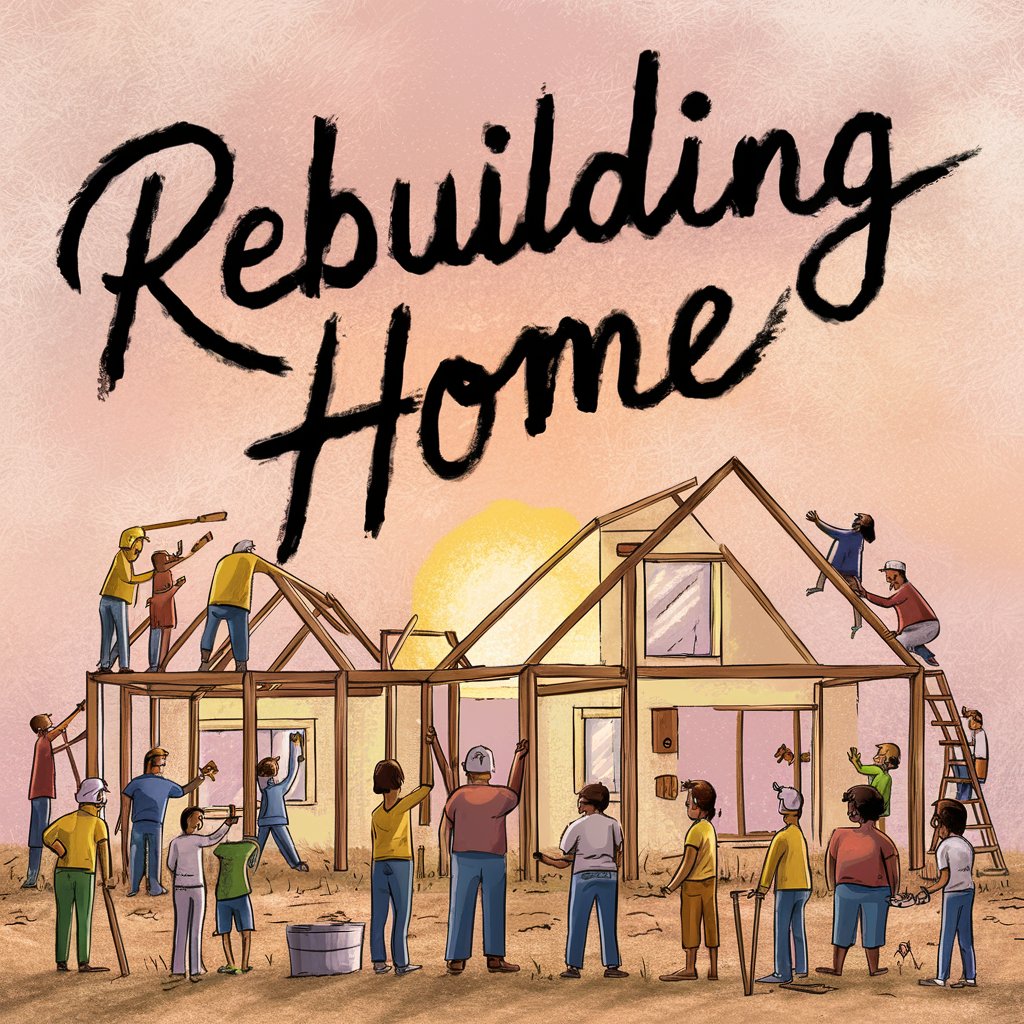Disasters cause both physical and emotional damage, disrupting lives and homes, notes the Propertycare Property Management experts. This blog post provides practical tips and ideas for homeowners to navigate post-calamity renovations, helping them rebuild their homes with resilience and hope. It covers immediate recovery steps and long-term planning to create stronger, safer, and more comfortable living spaces.
Understanding the Post-Calamity Renovation Process
Initial Assessment and Safety Measures
The first step in any post-calamity renovation is to conduct a thorough assessment of the damage. This involves inspecting your home for structural integrity, potential hazards, and necessary repairs. Safety should be your top priority, ensuring that no one is at risk from compromised structures or utilities.
Professional inspectors can identify hidden damages that may not be immediately visible. They will check for issues like mold growth, water damage, and foundation cracks, ensuring your home is safe for habitation before any renovation work begins.
Working with Insurance Companies
Navigating the complexities of insurance claims is crucial for funding your renovation. Start by documenting all damage with photographs and detailed descriptions. Contact your insurance company promptly to initiate the claims process, providing them with all necessary documentation.
Be prepared for adjuster visits, and don’t hesitate to seek professional help if you encounter challenges. Public adjusters can act as intermediaries, helping ensure you receive the compensation you’re entitled to.
Selecting the Right Contractor
Choosing the right contractor can make or break your renovation project. Look for licensed professionals with experience in post-calamity renovations, including flood damage restoration like those in Orem, UT. Check references, read reviews, and ensure they have a solid track record of completing similar projects on time and within budget.
A good contractor will provide a detailed estimate, timeline, and clear communication throughout the renovation process. Make sure you have a written contract outlining all aspects of the work, including payment schedules and warranties.
Redesigning Spaces for Resilience
Utilizing Resilient Materials
Building back stronger means choosing materials that can withstand future calamities. Opt for resilient materials such as impact-resistant windows, reinforced concrete, and steel framing. These materials are designed to endure severe weather and seismic activity, providing added protection for your home.
Investing in quality materials may be costlier upfront, but it pays off in the long run by reducing repair costs and enhancing the safety of your home.
Reconfiguring Layouts for Better Flow and Safety
Consider reconfiguring your home’s layout to improve safety and functionality. Open floor plans can enhance visibility and movement, making it easier to evacuate in an emergency. Ensure exits are accessible and free from obstructions.
Incorporate design elements that mitigate potential hazards, such as raised electrical outlets in flood-prone areas and reinforced walls in tornado zones. These changes not only improve safety but also enhance the overall flow and livability of your home.
Incorporating Sustainable and Eco-Friendly Features
Energy-Efficient Appliances and Lighting
Sustainability should be a key consideration in your renovation plans. Energy-efficient appliances and lighting reduce your carbon footprint and lower utility bills. Look for Energy Star-rated products that use less electricity without compromising performance.
LED lighting, smart thermostats, and efficient HVAC systems are excellent investments that contribute to a greener home environment.
Water-Saving Fixtures
Water conservation is another critical aspect of sustainable living. Install water-saving fixtures such as low-flow toilets, faucets, and showerheads. These fixtures significantly reduce water usage without sacrificing comfort.
Additionally, consider rainwater harvesting systems and greywater recycling for irrigation purposes. These systems further enhance your home’s sustainability by reducing reliance on municipal water supplies.
Green Building Materials
Choose eco-friendly building materials that have a minimal environmental impact. Recycled steel, reclaimed wood, and bamboo are sustainable options that offer durability and aesthetic appeal. These materials are not only good for the planet but also add a unique character to your home.
Eco-friendly insulation, such as cellulose or sheep’s wool, improves energy efficiency while providing excellent thermal performance. These materials contribute to a healthier indoor environment by reducing allergens and improving air quality.
Restoring Comfort and Aesthetics
Creating Personalized Spaces
Your home is a reflection of your personality and lifestyle. Post-renovation, focus on creating spaces that bring you joy and comfort. Personalize rooms with colors, textures, and decor that resonate with you and your family.
Consider multifunctional furniture and clever storage solutions to maximize space and functionality. These elements not only enhance aesthetics but also improve the practicality of your home.
Enhancing Comfort and Functionality
Comfort is paramount in a post-calamity renovation. Invest in high-quality, comfortable furniture that supports relaxation and well-being. Ergonomic designs, plush fabrics, and supportive mattresses contribute to a cozy and inviting atmosphere.
Functionality should go hand-in-hand with comfort. Ensure your home is equipped with modern conveniences that make daily living easier, such as smart home technology, ample lighting, and efficient storage.
Tips for Budgeting and Financing Post-Calamity Renovations
Government Assistance and Grants
Explore government assistance programs and grants available for disaster recovery. Federal, state, and local agencies often provide financial aid to homeowners affected by natural disasters. Programs like FEMA’s Individual Assistance and Community Development Block Grants (CDBG) offer funding for home repairs and reconstruction.
Research eligibility requirements and application processes to access these resources. Government grants can significantly alleviate the financial burden of renovation, making it more feasible to rebuild your home.
Financing Options
If government assistance is not enough, consider other financing options. Homeowners can explore low-interest disaster recovery loans from institutions like the Small Business Administration (SBA). These loans provide additional funding for repairs and renovations at favorable terms.
Alternatively, home equity loans and lines of credit can be viable options for funding your project. Consult with financial advisors to determine the best financing solution for your specific needs and circumstances.
The Emotional Journey of Home Restoration
Dealing with Loss and Moving Forward
Rebuilding a home after a calamity is not just a physical process but an emotional one as well. It’s essential to acknowledge the loss and give yourself time to grieve. Reach out to support networks, whether friends, family, or professional counselors, to help you cope with the emotional toll.
Moving forward involves focusing on the positives and the opportunities that lie ahead. Channel your energy into the renovation process, seeing it as a chance to create a fresh start and a renewed living space.
Creating a Sanctuary for Healing
Your home should be a sanctuary where you feel safe and at peace. Design spaces that promote healing and relaxation. Incorporate elements like soft lighting, calming colors, and natural materials to create a soothing environment.
Spaces dedicated to mindfulness, such as meditation corners or cozy reading nooks, can significantly contribute to your emotional well-being. These areas provide a retreat from the stresses of daily life, fostering a sense of tranquility and balance.
Conclusion
Now that you have a comprehensive understanding of post-calamity home renovations, it’s time to put your plans into action. Remember to prioritize safety and sustainability, personalize your space, and seek support throughout the process. With careful planning and thoughtful design choices, you can rebuild a home that not only meets your needs but also enhances your overall well-being.




